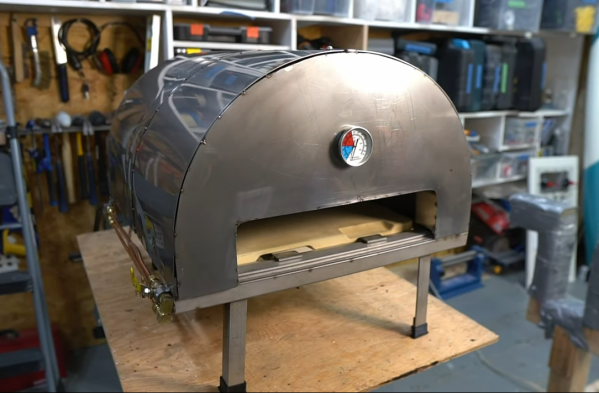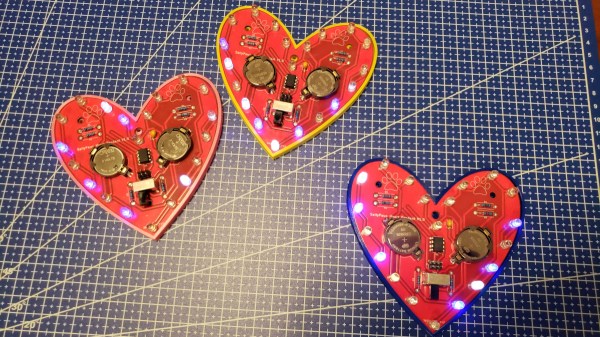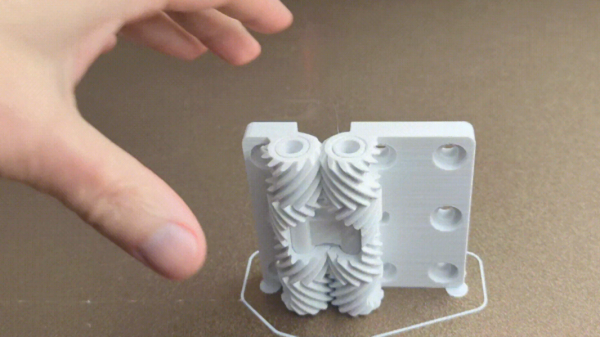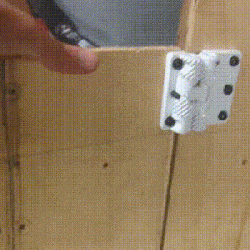
The traditional Ethiopian Gojo is a circular domed dwelling constructed from a central vertical beam, and a surrounding structure of curved beams made from wood or bamboo. A covering of dried grass and mud completes the outer structure. These buildings are found everywhere in rural areas, due to their ease of construction, and availability of cheap materials. One major problem living in rural areas in developing countries is access to water. Ethiopian inventor [Anteneh Gashaw] knows a thing or two about the practicalities of living in a developing nation, and has come up with an ingenious take on the traditional Gojo. The idea is to replace the outer structure with pipes capable of storing rainwater. A collector plate on the top of the roof directs rain water into the pipes — with some small balancing tubes connecting them at the bottom — distributing the stored water evenly. A tap at the bottom of structure allows the pipes to be emptied on demand. Another interesting point about this design, is that the water adds some extra weight, for free, which gives the structure much improved stability in high winds, increasing safety.
{Anteneh] notes that proper water infrastructure is incredibly expensive, and just simply won’t happen. Well digging, installation of underground water tanks, and other such stop gap measures are great, but still need significant investment, and he believes that his modified Gojo idea will help reduce the problem of storing water during the rainy season, and reduce the pressure on centralised wells and other such community-orientated solutions. What’s more, it should be cheap. We shall watch with interest where this goes.
We’ve seen a few hacks from Africa nations, not many, just a few, but they are interesting ones. Like this DIY Helicopter that didn’t quite get to fly, and this e-waste 3D printer. We’ll keep our eye peeled for more!








 Of course, hinges — even strong ones — are not particularly hard to find items. They’re available in a mind-boggling array of shapes and sizes. But what’s interesting about this design is that it shows what’s easily within the reach of just about any hobbyist nowadays. Not that long ago, designing and creating an object like this would not have been accessible to most home enthusiasts. Making it without a modern 3D printer would certainly have been a challenge in its own right.
Of course, hinges — even strong ones — are not particularly hard to find items. They’re available in a mind-boggling array of shapes and sizes. But what’s interesting about this design is that it shows what’s easily within the reach of just about any hobbyist nowadays. Not that long ago, designing and creating an object like this would not have been accessible to most home enthusiasts. Making it without a modern 3D printer would certainly have been a challenge in its own right.









